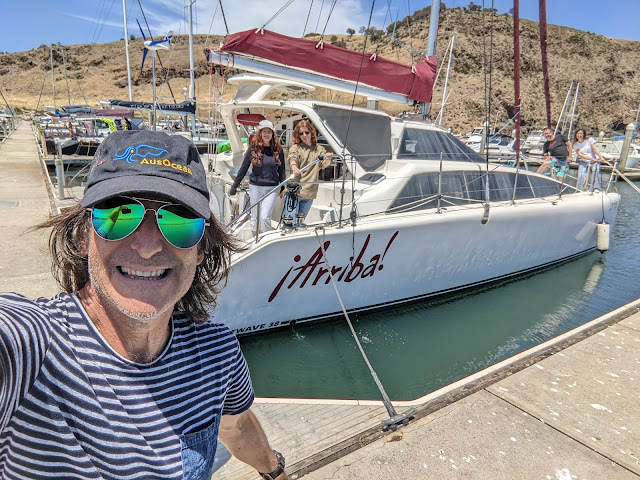The end of a voyage results in "landfall", a word that evokes an element of unpredictability, such as “windfall” or “rainfall”. For someone adrift at sea, landfall might well come out of the blue (literally) but for most sailors it is well-planned.
No part of the voyage entails more planning than its start, though, as the vessel must be readied for the "first leg" and those that follow. A day of sailing might involve little more than a cursory check of the engines and the fridge. An extended cruise, however, typically requires weeks or months of preparation.
These past few months, I’ve been working my way through a spreadsheet with dozens of pre-departure checks. Yesterday’s accomplishments were to replace the fuel primer bulb in the dinghy and get the outboard motor running again. These most recent issues only presented themselves a week ago, during a sailing trip to Kangaroo Island. It highlights the importance of a shakedown cruise before embarking on a big trip.
Apart from loading up three weeks' worth of food supplies, we are ready. In two days, we set sail for Robe, a small port in the southeast of South Australia. There, we’ll wait for a good weather window to sail across Bass Strait.
We are Tasmania bound!
OVER.

Comments
Post a Comment